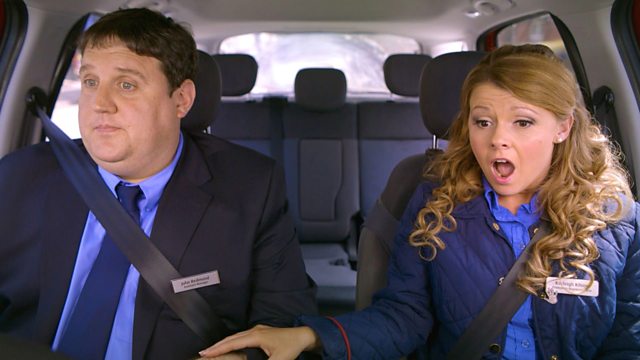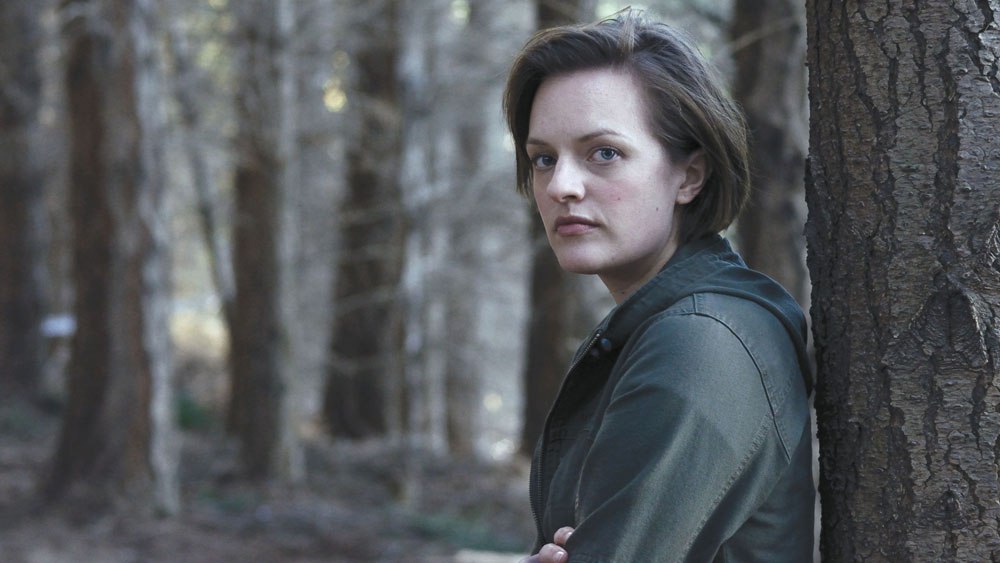
Sir Tom Stoppard’s adaptation of Ford Maddox Ford’s series of novels for BBC Two

An interview with Sir Tom Stoppard, writer of new BBC Two drama, Parade’s End.
Parade’s End is the first television drama internationally acclaimed playwright and screenwriter Sir Tom Stoppard has written in almost 30 years.
Sir Tom recollects his experiences of the process:
“Like many people, I only knew of Ford Madox Ford through a book called The Good Soldier, which is everybody’s favorite Ford Madox Ford if they have one, but I came to read Parade’s End when it was suggested via Damien Timmer of Mammoth Screen. And I had a strong instinct that it would appeal to me, not only as a book but as a job. And it very much did. I read the book and thought ‘It’s a sort of masterpiece, unusual and challenging’. And it is set in a time and place which I found congenial as a writer. So I embarked upon it.
“I did use the phrase ‘unfaithfully faithful’ in relation to my adaptation. I think most people will work out what it means, which is that, on the one hand one is faithful to the conception of character, time and place and so forth, on the other hand, the novels – I note the plural because it’s a quartet of novels – are not structured to accommodate a television series, so you have to manipulate the elements you have. That’s one issue, but a larger one is that the novel isn’t concerning itself with providing dramatic scenes which you can simply aggregate until you’ve done that episode. And the consequence is – I’m slightly proud and slightly embarrassed by this – that there are a number of scenes in this Parade’s End which simply don’t exist in the book. They are, if you like, suggested by the book or inferred in some way. But the mise en scene, the where are we and what are we doing here, has had to be invented to some degree.
The time scheme of the story is from 1912 to after the First World War, with a short prologue which takes place perhaps three years earlier. So if we just think of the first episode for the moment or the first couple of episodes before the First World War began, that pre-war wonderful illusionary period of 1912 to 1914 – I would look into social history and other sorts of reference books and find out what was going on at such a time. And some events which were useful to me were annual events – for example, there was the Eton versus Harrow cricket match.
At one of our earliest meetings I said very firmly, look this is not a First World War story, it’s the story of a man caught between two women who he has loved and loves. They’re very different from each other. And he’s a unique and most unusual gentleman. The war itself is something which is happening in the background from the second episode onwards. But we don’t visit the war until later and even then, much of it is from a camp behind the lines. So the First World War, as one always understands that phrase in drama, which is to do with soldiers in trenches, shells falling upon them, charging across No-Man’s Land, occupies relatively few minutes, but of course the war is a huge fact. And it changed society irredeemably. And with a project like Parade’s End perhaps the greatest challenge for a writer is to find that balance between the personal and the public. Because it was a huge and interesting period viewed from a hot air balloon. And these were exceptionally interesting characters viewed close-up. And to try to keep both perspectives in view and in mind is probably the hard part.
Susanna White, the director, came on board and she was devoted to Parade’s End, for which I’m very grateful to her because there was nothing really there when she joined. I feel an enormous debt towards her because she just hung on and hung on. We didn’t have a cast; we didn’t have all the money. But in the end we had everything. I’ve so enjoyed watching her and talking things over with her. And it was a new experience in a sense because I’ve done very little in the way of visiting productions and locations in which I’d been involved as the writer. On the whole I never did that but with Parade’s End I felt much more possessive about it, much more defensive of it. And much more interested by it. I didn’t go to the shoot every single day but I was probably there for half the days. I went to Belgium several times because we did quite a lot of filming there.
I may add that, and I take some pride in this, Benedict Cumberbatch was my idea, you know, long before we had a show. And one day I was visiting Steven Spielberg’s set, one of the locations for War Horse, and there was Benedict, whom I’d never met. And obviously he was in uniform as he was playing an officer. And it was absolutely horrible because as far as I was concerned I was meeting Christopher Tietjens. But of course, he didn’t know anything about it. Then a year later he was doing it. So in a way, I feel we were blessed.
“Christopher Tietjens says of Sylvia: ‘there’s something glorious about her’ – and there is about Rebecca Hall. And my god, she’s good. I didn’t understand how good she was until I was watching her work close up. The third of the eternal triangle is Valentine. I had a very acute sense of who Valentine might be. And so did Susanna. We were in this really fortunate and perhaps slightly exceptional situation of feeling that we’d got exactly the right three people for these three major roles with no compromise at all. In the case of Sylvia and Christopher, these are not characters which are susceptible to a kind of standardised interpretation. You wouldn’t, you couldn’t, ever decide, were they in the goodie box or in the baddie box? They’re complicated people, and it’s why you needed special actors.
I was like a tourist on set. I was staring at everything like somebody staring at the Leaning Tower of Pisa, and touching things, thinking, ‘Gosh’. I’ve never been, for example, on a set where they exploded bombs. And, I had no idea that the mud which flies up in the air is made of some kind of plasticky stuff, and you can stand there and let it fall upon you. It was just full of interest for me. The designer Martin Childs is a brilliant man because, as designers very often find, they have to do a lot with a little. There’s always a budget so you have to give the impression and the appearance of richness and detail for the camera’s eye. And to know how to do that without breaking the bank, that’s a big talent.
“To wrap up the idea of Parade’s End in a sentence or two I would say it’s a love story in which we see a man with two women, and we know what’s attractive about them. And we know why and what they feel about him. And crucially, we know pretty much straight off which of those two women we consciously or unconsciously want that man to end up with. And it’s to follow and complete those arcs and to be at the place where those arcs intersect and to be satisfied with the way they come home at the end of the arc. That’s what one would like Parade’s End to be and what one hopes it to be.”
BBC Media














